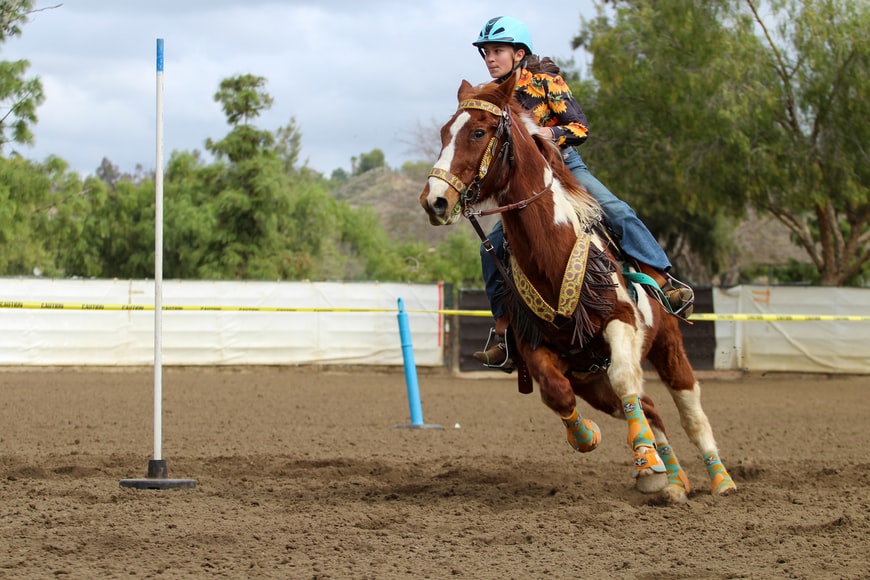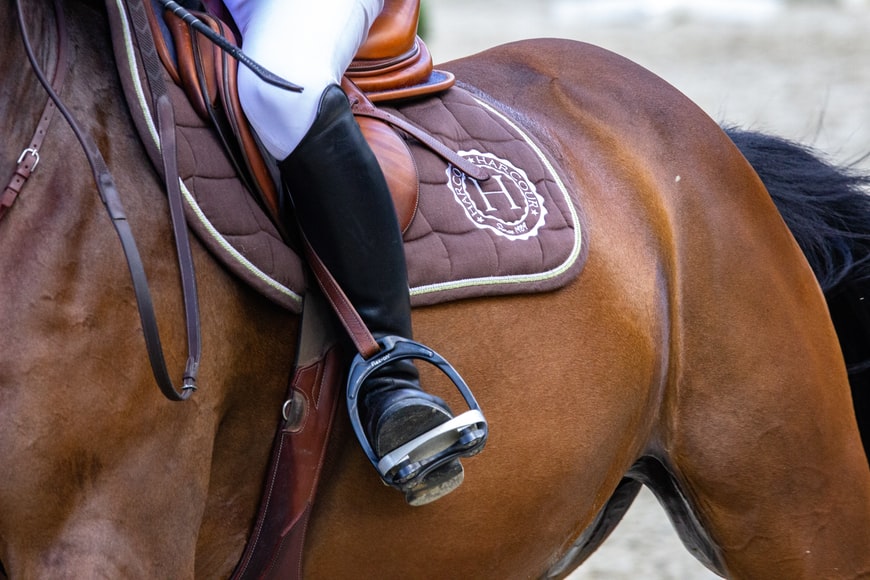Riding horseback has long been seen as an activity exclusive to two classes, an aristocratic class with money to burn, and certain subsets of a working-class who use horse riding as part of a means of production. Today, fewer people than ever ride horses for work.
These groups have been reduced to actual “cowboys” who act as guides and shepherds for cattle as they move from one part of open country to another, mounted police, park rangers, and others. This leaves us with today’s more or less aristocratic class, the upper-middle class, and others who can afford to indulge in the hobby.
The point here is, owning horses is expensive. They require housing, more or less depending on the climate where they are kept. Quality food for horses is more expensive than that intended for other large animals, and they need a large amount of land in order to maintain their mental and emotional well-being, as well as their physical health.
Horse medicine and veterinary care are especially expensive. Horses are large animals whose primary adaptation of speed and size makes them prone to certain health risks.
In addition to these costs, learning to ride horseback is also not for those of modest means. There’s a good reason for this, and in this article, we shall endeavor to explain why.
How Much Do Horseback Riding Lessons Cost?
The general consensus on a ballpark price range is between $30 to $85 per hour and an annual average of about $4,000. Looking at the annual cost, the upper limit of which is roughly $4,420, that’s really not an enormous cost when you consider the value of the skills you’ll be learning, the real-world utility of it, and the other great benefits of horseback riding.
Compared to the average cost of martial arts training, that’s about twice what you can expect to pay. The reason we mention martial arts is that the difficulty and the amount of training to reach a journeyman’s level of proficiency is about the same. Naturally, for a martial arts trainer to become proficient enough to teach, takes years of intensive study and practice. The same is true of horseback riding.
The reason learning to ride horses is more expensive is likely to come down to the fact that costs are higher. It could be said that the gear for horseback riding is more expensive. Certainly, you could spend a huge amount of money on martial arts equipment. But at the end of the day, the only thing you need to learn martial arts is your health and your instructor. Maybe not even that if you watch enough Kung Fu theater.
To ride horses, you need to see the care of the animal, their shelter, food, land requirements, and grooming. Over time, this can add up to a considerable amount of money. When you consider the fact that a trainer will need to maintain these costs, or have the costs maintained for them, then it’s easy to see why they are as pricey as they are. Becoming a competent riding trainer will cost about as much as one year’s worth of training times the number of years it takes to develop this competence.
The Benefits of Learning to Ride
Of course, there are some significant real-world benefits of knowing how to ride a horse. For a start, it’s transportation. In some parts of the country, the Amish ride horses and use horse and buggy to get around town, so it’s really not out of the question if you know what you’re doing.
There are also valuable health benefits. In a previous article, we discovered that an hour-long session of riding burns about half the amount of calories as running. Riders also gain strength training benefits as well as benefits of the poise and balance they can develop.
Riding horses gives you a marvelous sense of freedom and power. It gets you out under the sun in the fresh air while getting that all-important connection with nature. Also, the benefits of developing a bond with your horse are not to be underestimated.
A mindful and caring rider can become very close to a horse. Both the rider and the animal must learn to trust each other implicitly. As this mutual trust builds, you and your horse will build a relationship that is as meaningful as any human/animal friendship can be.
Finally, riding horseback is also a mark of status. It is an elegant and beautiful pastime with a long and dignified history. Being a competent rider can be your foot in the door in clubs, competitive leagues, exclusive organizations, and more.
All of these benefits give riders a wide range of beneficial effects to focus on. Are you a fitness-oriented rider? Do you crave freedom and mobility? Do you appreciate the joy that can be derived from developing a trust bond with a large, powerful, and beautiful creature? Or are you in it for the veneer of class and respectability? Perhaps a portion of all these reasons contributes to your interest.
The Cost Spectrum
Many people learn to ride by growing up on a farm, by having a friend or family member who permits them to use their horse and land to learn on. A trainer you know well may give you a discount. There are also fewer and more expensive trainers out there.
The quality of your trainer matters greatly, especially if reputation and accomplishments are important to you.
At the end of the day, your training is worth an investment in high-quality instruction. But, if your budget is tight, you may be able to find a more affordable option.
Quality Riding Equipment is Key to Your Success
You owe it to yourself and to your horse to invest in the right equipment. If you can afford to get into this beautiful hobby, you’ll never regret having made the investment. Doing it right means taking the time to learn well and to learn in a well-advised manner. It also means treating your horse like a beloved friend, feeding and caring for them fully and properly.
It can take years to become a competent equestrian. While you learn, the health and comfort of yourself and your horse will be best served by investing in top-quality horse riding gear. Cutting corners can lead to fatigue, injury, and reduce the chance that you and your animal will experience the best this hobby has to offer.
High-quality riding equipment will not only promote the health and wellbeing of your horse, but a high-quality saddle, for example, can last for many years, and can even serve as a valuable family heirloom.
Read Also:
























